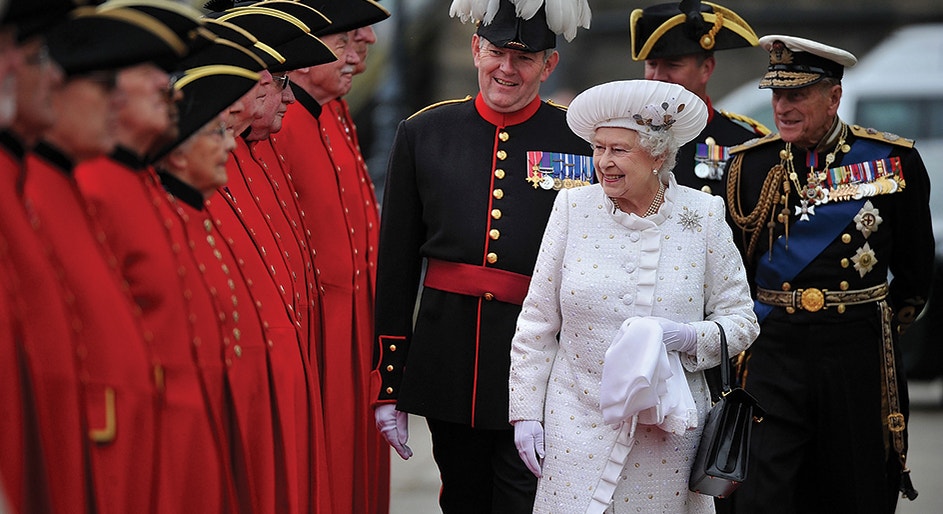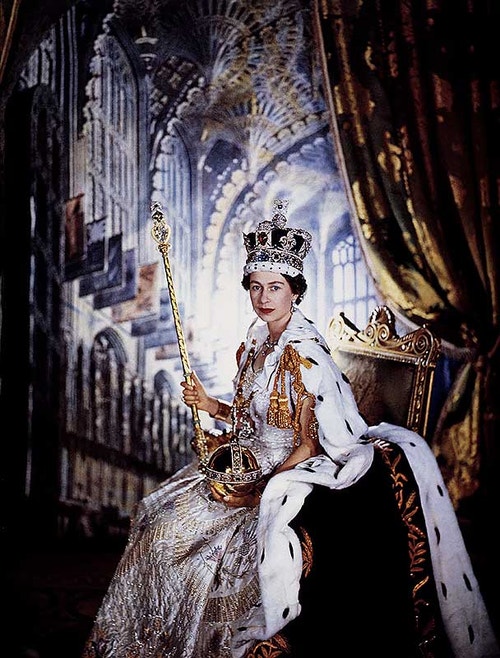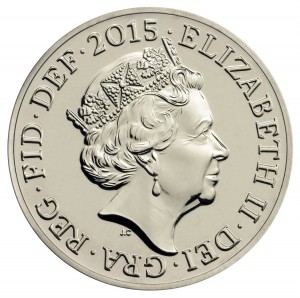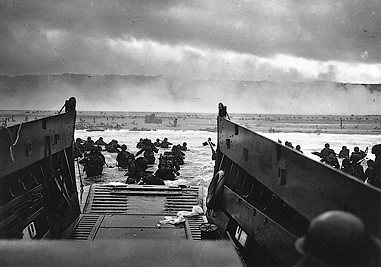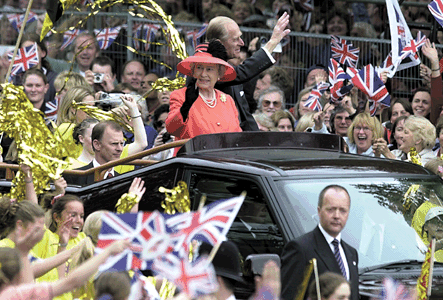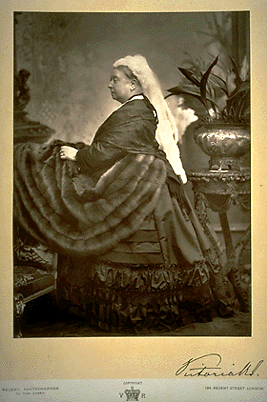An American’s Royal Wedding
Wednesday, May 23rd, 2018May 23, 2018
On Saturday, May 19, much of the world’s attention was focused on Windsor Castle near London, England, for the celebrated royal wedding of British Prince Harry and American actress Meghan Markle. Markle is the first United States citizen to be officially married to a member of the British royal family. She is also the first known member of the royal family with black heritage (her mother is African American). Upon her marriage, Markle received the title, Her Royal Highness, the Duchess of Sussex. Her new husband is now the Duke of Sussex, the Earl of Dumbarton, and Baron Kilkeel.
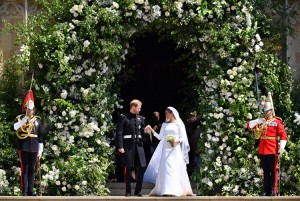
Prince Harry and Meghan Markle emerge from their wedding at St George’s Chapel in Windsor Castle on May 19, 2018. Credit: © Ben Birchall, WPA Pool/Getty Images
A congregation of 600 invited guests attended the midday ceremony at St. George’s Chapel in Windsor Castle. The archbishop of Canterbury, Justin Welby, officiated the wedding, and an address was given by the Most Reverend Michael Curry, the first African American bishop of the U.S. Episcopal Church. Music at the wedding was performed by the Kingdom Choir, a Christian gospel group; 19-year-old cellist Sheku Kanneh-Mason; and trumpeters from the Household Cavalry, the British Army unit that includes both Harry and his older brother, Prince William, in its roll. (William is third in line to the British throne; Harry is sixth.) Seasonal flowers and plants decorated the chapel, including branches of beech, birch, and hornbeam (also called ironwood), as well as foxgloves, peonies, and white garden roses.
Outside the chapel, 2,640 invited guests greeted the newlyweds as they climbed into an open-top horse-drawn carriage for a procession through Windsor town. The beaming couple returned to the castle for a reception at St. George’s Hall hosted by Queen Elizabeth II. The royal family, Meghan’s mother Doria Ragland, and guests shared a lemon elderflower cake covered with buttercream and decorated with fresh flowers. Harry’s father, Prince Charles, who escorted Meghan during the wedding ceremony, then hosted an evening reception for close family and friends at Frogmore House, a property within the Windsor estate.
Prince William, the Duke of Cambridge, served as Harry’s best man, returning the favor for when Harry was best man at William’s marriage to Kate Middleton, the Duchess of Cambridge, at Westminster Abbey in 2011. William and Kate’s older children, 3-year-old Princess Charlotte and 4-year-old Prince George, were among the bridesmaids and page boys. The couple’s youngest child, Prince Louis, will have to wait to attend his first royal wedding. Just one month old, Louis (who ranks just above Harry in line to the throne) passed the ceremony with a nanny elsewhere on the Windsor estate.

